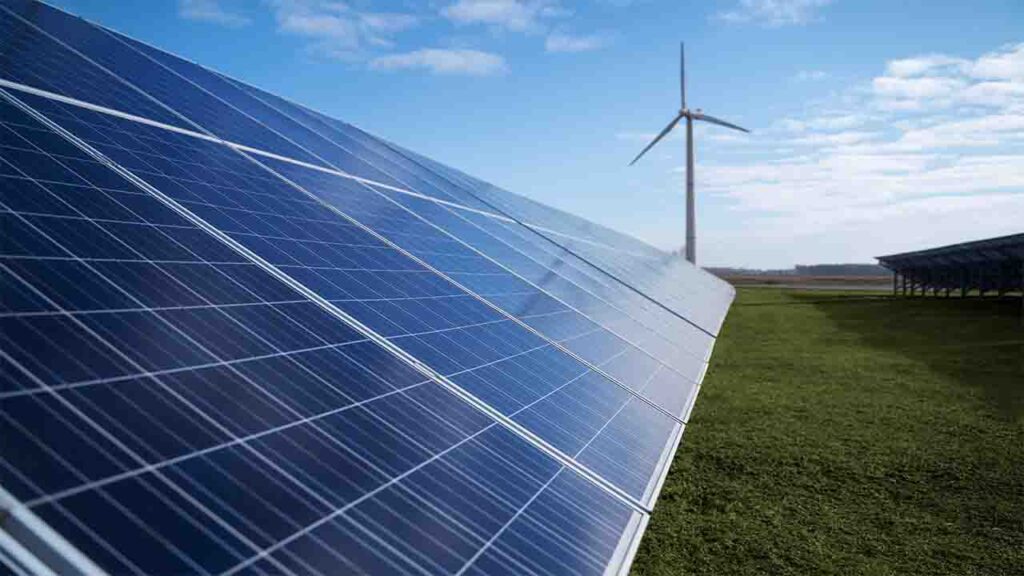India (Commonwealth Union)_ India’s progress in solar power generation has reached a significant turning point, surpassing an impressive milestone of 70,000 Megawatts. According to R K Singh, the Minister for Power, New, and Renewable Energy, the state leading this surge towards adopting renewable energy technologies is Rajasthan, a state acknowledged for its prowess in this sector. As of June 2023, the cumulative solar power generation capacity stands at 70,096 MW, with Rajasthan prominently holding the vanguard with an impressive installed capacity of 17,839 MW.

Not far behind are Gujarat with a capacity of 10,133 MW, Karnataka with a capacity of 9,050 MW, Tamil Nadu with a capacity of 6,892 MW, Maharashtra with a capacity of 4,870 MW, Telangana with a capacity of 4,695 MW, and Andhra Pradesh with a capacity of 4,552 MW. Similarly, other noteworthy states also contribute relatively modest figures: Madhya Pradesh adds 3,021 MW; Uttar Pradesh contributes 2,526 MW; Punjab generates 1,190 MW; Haryana supplies 1,106 MW; Chhattisgarh provides 962 MW; and Bihar contributes 203 MW to the expansive solar power capacity.
According to Minister R K Singh’s parliamentary response, the nation’s potential for solar power is estimated to be a substantial 748,990 MW; however, much of this potential remains untapped. He added that the government is ardently committed to harnessing this potential through a multifaceted array of schemes and initiatives. He said, “The nation possesses an estimated solar power potential of 748,990 MW. As of now, this potential remains significantly untapped. The government is diligently working to harness this potential through a variety of schemes and initiatives.”
Further, a plethora of schemes and programs have been strategically implemented to fortify the growth of renewable energy, particularly in the solar domain, across the nation. These encompass pivotal measures such as permitting Foreign Direct Investment (FDI) of up to 100 percent through the automatic route, waiving Inter State Transmission System (ISTS) charges for inter-state trading of solar and wind power for projects slated for operation by June 30, 2025, and describing the trajectory of Renewable Purchase Obligation (RPO) until the fiscal year 2029-2030.
Minister R K Singh further underscored supplementary actions undertaken by the government, including the establishment of novel transmission lines and the augmentation of sub-station capacity under the Green Energy Corridor Scheme to streamline the efficient transmission of renewable power. This also entails the formulation of standards for deploying solar photovoltaic systems and the establishment of a dedicated Project Development Cell aimed at fostering investments and simplifying the investment process.








